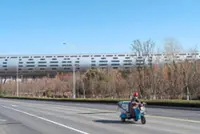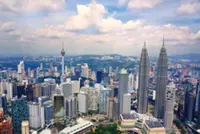Subsidies and price controls can be found in a range of products including petrol, natural gas, electricity, cooking oil, sugar, toll charges and bus fares, which account for about 20% of the consumer price index (CPI) basket.
RISING consumer price pressures and cost of living have exerted pressure on the government to increase subsidies and implement controls (ceilings) to keep prices of food and services at reasonable levels for the poor, lower and middle-income households.
Subsidies and price controls can be found in a range of products including petrol, natural gas, electricity, cooking oil, sugar, toll charges and bus fares, which account for about 20% of the consumer price index (CPI) basket.
Already a subscriber? Log in
Save 30% OFF The Star Digital Access
Cancel anytime. Ad-free. Unlimited access with perks.





